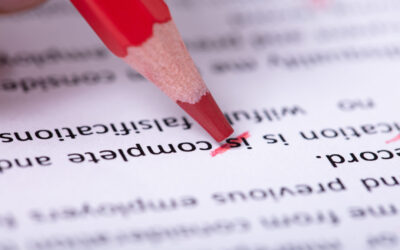Depending on the corners of the internet you inhabit, the algorithm might show you, like it does for me, crafty videos of people using paper, twine, glue, cardstock, leather, and all manner of other things to make and bind their own books and journals. Book binding, at home at least, requires many tools like awls and stitching frames to bring a book into being. How does this work for books on a larger scale?

As someone who uses my phone or computer to read books only in a pinch (the ebook has a shorter waitlist at the library than the physical copy, for instance), I love and appreciate the craft of the printed page. Books have certainly gone through various shifts in their construction methods since the invention of moveable type in China and Korea (and then, yes, eventually Gutenberg came along).
So, nowadays, if you bring a printer your writing, freshly edited and ready for the world, what goes into its production?
Design
Depending on your vision for your writing, you might have already done most of the step of designing, but a book – be it a textbook, novel, collection of poetry, or memoir – needs to be formatted before it is printed. Most books aren’t printed on the 8 ½ by 11-inch pages that Microsoft Word and other word processors use for their dimensions. So, your text will need to be formatted into the dimensions of the planned printed book page.
Even if it isn’t being printed and will make its debut in the realms of the Internet as an ebook, sizing and formatting still needs to be considered. What font and spacing will you use – what is easily legible for most readers? Will there be headers on each page that include the title or your name as the author? What will the title page and chapter or section headings look like?
If you pick a sampling of books off your shelf, you’ll see that there are basic structures that most books, especially novels or nonfiction books, stick to, but there’s still plenty of customization within that. All that being said, depending on the printing/publishing services you use, they may provide services to help format the book or provide a customized template. (We can do both at Technica!) After that formatting, the book can be proofed to ensure that no errors were introduced during the formatting process and that everything is consistent and professionally put together.
Now, don’t forget the cover! Even ebooks can use a cover to catch the eye of your readers because, as we all know deep down, we do indeed judge a book by its cover. Design your own (with those previously mentioned dimensions in mind!) or bring your drafts and ideas to the table to collaborate with an artist/designer on the perfect cover that encapsulates your book. There are plenty of services out there for book cover design depending on your budget and style preference. Book cover styles come and go (we’re still in the “book blob” era, I believe), but the point is to grab a reader’s attention, be legible and interesting in a thumbnail if you’re selling online, and invoke some of the essence of your book.
Production
If bringing your writing into the physical realm is what you choose, then there are a few other choices to be made: what kind of paper would be best for your project, based on budget and content? (Are there many images? Is a lot of color involved in the design? Is it a workbook, journal, or reflection guide and thus needs to be able to be written in easily?) Your budget and book length and size will also change the different binding options (spiral, glued/perfect, sewn perfect, section sewn, staples, etc., all depending on the options your chosen service provides) or whether soft cover (less expensive) and/or hard cover (more durable) is the way to go. These are options that, depending on the printer, can be talked through or certain options recommended over others.
Thanks to the world wide web, there are many services that can produce physical or electronic copies of your book. Services like Lulu and Amazon can get your book printed and out into the world in one go.
Other considerations for the book printing and publication process:
- Purchasing International Standard Book Number (ISBN) numbers/barcodes for book sale and to give your book a unique identifier (there are a LOT of books out there)
- Tip: Each version of your book, whether ebook, hard cover, soft cover, or a new edition, will need a separate ISBN number.
- Understanding and registering your copyright (which you can learn more about here)
- Spreading the word about your book to whatever extent you wish, be it simply word of mouth to friends or marketing your book on a larger scale
Writing your book is most of the work of authorship, of course, but the finishing touches of production can put the cherry on top, making the published work a piece of art.
By: Anali North Martin
Anali is a Senior Editor at Technica Editorial




